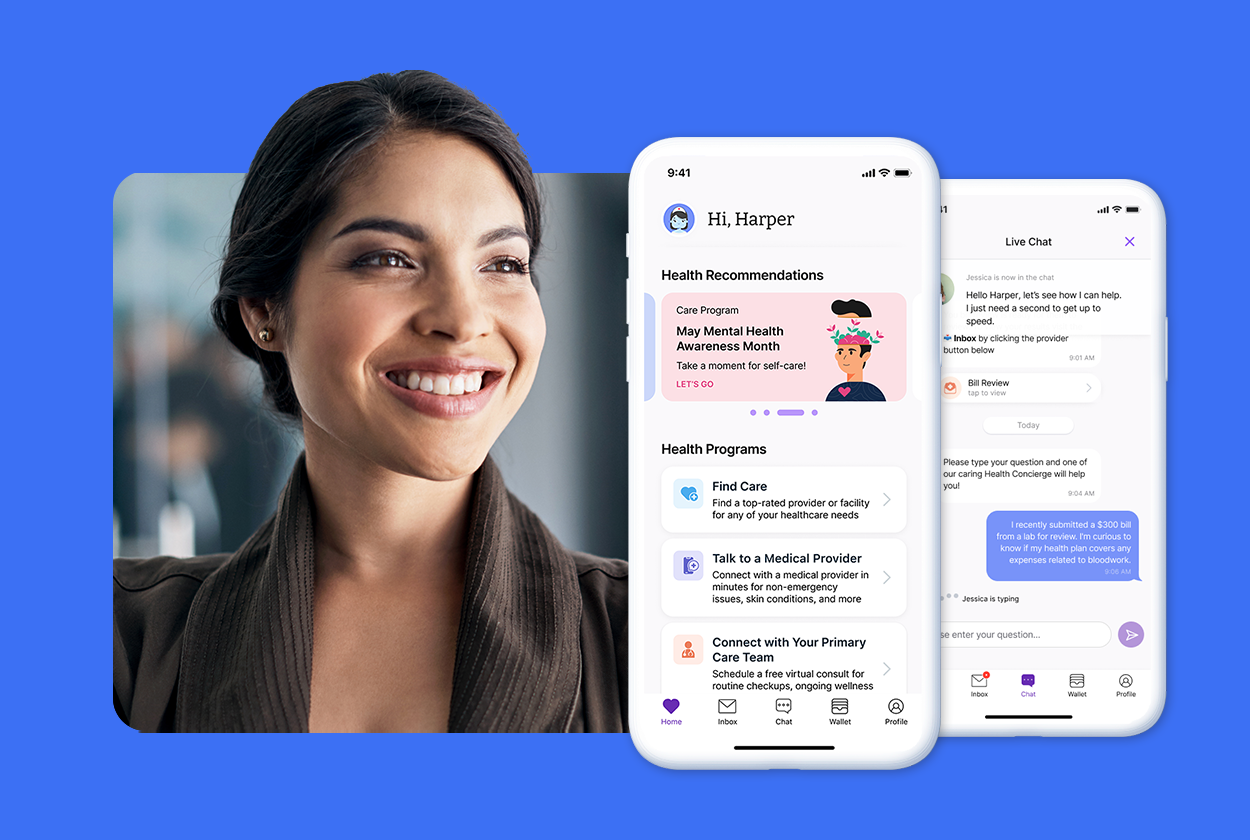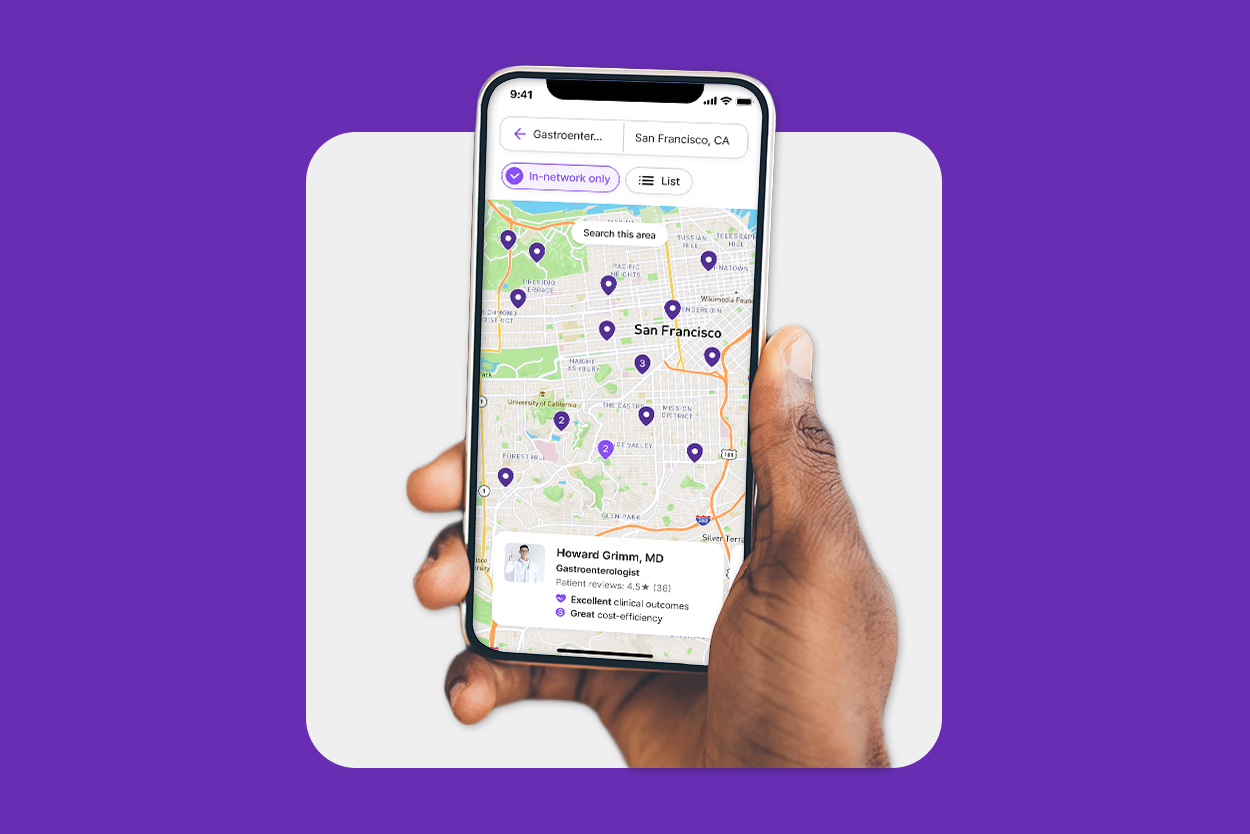Why TPAs and HealthJoy Make a Great Team
HealthJoy TPA+ offers an exciting opportunity for Third Party Administrators (TPA’s) to differentiate their offering with an agile, tech-forward...
Connected Navigation Platform
Guiding to high-value care
Behavioral Health
Foster a mentally healthy workplace
EAP
Supporting holistic wellbeing
Virtual MSK Care
Reimagining musculoskeletal care
Virtual Primary Care
Powered by smart navigation
Surgery Centers of Excellence
Best-in-class surgical outcomes
Virtual Urgent Care
Immediate care, any hour of the day
Chronic Care
A new approach to chronic care
Integrations
Flexible to any strategy

For companies with self-funded health plans, a third-party administrator (TPA) is a vital piece of the employee benefits puzzle. From helping build an employee benefits plan to claims management, TPAs lift the administrative burden, so HR has time to manage day-to-day employee needs.
Third-party administrators may be ubiquitous, but that doesn’t mean you know the answer to “what is a TPA?” With so many acronyms floating in the insurance ether, it’s understandable that you might overlook this one. After all, a TPA should integrate with your business so smoothly that they feel like an extension of it.
A TPA administers services for self-insured (also known as self-funded) employers. According to the Society of Professional Benefits Managers, TPAs handle over 60% of the health benefits for workers in non-federal benefits programs.
Individual states license third-party administrators. In most cases, self-funded companies rely on comprehensive-service TPAs to handle all aspects of their employee benefits plan administration. Most have health plans, manage the day-to-day administration of employee benefits, review and process claims, and coordinate with insurance carriers.
The TPA can adjust health plans to meet changing needs and helps employers achieve a higher level of flexibility than if they contracted directly with a health insurance plan. For many employers, outsourcing administration is often more cost-effective than handling those duties in-house.
We usually think of TPAs in relation to employee health benefits, but their business arrangements can vary. For instance, some specialty TPAs might only administer retirement or financial benefits.
Some of what TPAs can handle on behalf of your company include:
Designing and administering a benefits plan. Typically, a TPA will work 1:1 with self-funded clients. In this relationship, the TPA functions almost like an arm of the employer’s benefits team. A TPA working directly with a client will design a custom benefits plan to meet their needs and, once they’ve landed on a plan, take on the administrative duties. That means TPAs are there to answer customer service questions from employees, process claims, and make sure employers remain compliant with state and federal regulations. For instance, a TPA can help employees maintain ERISA compliance and submit their Form 5500 (see our post All You Need to Know About Form 5500 for more).
Plan data analysis for cost-containment. Third-party administrators gather plenty of claims data and, in the best-case scenario, can use it to help drive better healthcare choices. For instance, TPAs know when employees request a preauthorization or precertification. That gives them a window into the types of service employees seek even before they need a procedure or provider visit. With the right technology, a TPA can use that data to guide employee healthcare decisions.
Integrating with carrier insurance. A TPA integrates with insurance carriers directly, which helps facilitate claims processing and other administrative services. The insurance industry is complex, and TPAs are vital because of their role in making it more accessible to employers. Insurance companies themselves may also “outsource” some benefits administration duties to a TPA.
Employees now expect to find their insurance benefit details on their mobile devices. In one 2018 study from PWC, 53% of employees said they’d prefer to review benefits information digitally, as opposed to 25% who preferred to do face-to-face. Twenty-two percent preferred a mix of digital and face-to-face review.
On the one hand, this sets tech-savvy TPAs up to succeed. There’s never been more instant consumer feedback, greater access to utilization data, or more insight into consumer healthcare behavior. Using that data to improve the employee experience represents a shift in the way TPAs work.
On the other hand, TPAs who don’t embrace tech advancements could create a negative experience for employees. Working with a forward-thinking TPA is key to unlocking higher employee benefits satisfaction for self-funded employers. Because they often have a hand in building your cost-containment strategy and access to insightful data, a TPA is perfectly poised to help you contain costs and improve the employee experience. The right TPA will recognize the opportunity to get ahead of your employees’ poor healthcare decisions and contain costs.
Choose HealthJoy TPA+ to leverage your TPA’s claims, precertification, and insurance verification data. Enable proactive outreach in the precise moments that matter to drive down healthcare costs. Learn more.

HealthJoy TPA+ offers an exciting opportunity for Third Party Administrators (TPA’s) to differentiate their offering with an agile, tech-forward...

What would you do if your HR department got back 142 hours? That’s nearly 18 workdays freed up for your team to tackle those items that have been...

A healthcare navigation platform connects people with the right in-network providers, services and support at the right moment in the employee’s...